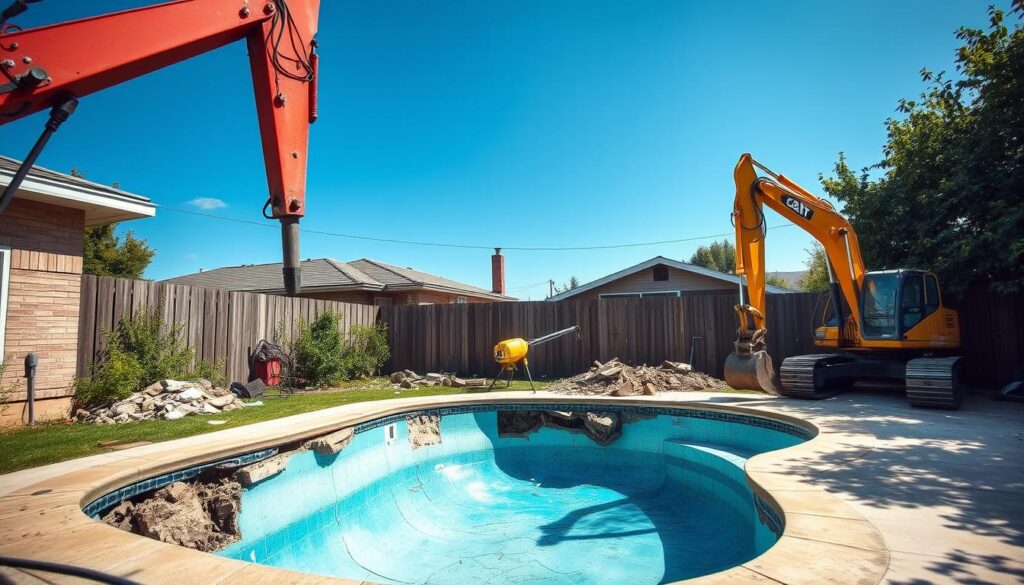Choosing the right wood finish is essential for enhancing the beauty, durability, and longevity of your wooden furniture and surfaces. Whether you’re working on interior pieces like cabinets and tables or exterior elements such as decks and doors, understanding the various wood finishing options will help you make informed decisions. This guide will explore different types of wood finishes for furniture, compare matte vs. glossy wood finishes, and provide insights on how to choose wood finishes suitable for your projects.
Wood Finishes for Interiors
Interior wood finishes not only enhance the aesthetic appeal of furniture but also protect the wood from daily wear and tear. Here are some popular options.
1. Shellac
It is derived from natural resin and provides a warm, rich tone to wood surfaces. It’s quick-drying and can be applied in multiple thin layers to achieve a high-gloss finish. However, shellac is sensitive to heat and moisture, making it more suitable for low-traffic areas.
2. Lacquer
Lacquer offers a durable and glossy finish, commonly used in modern furniture. It dries rapidly and provides a smooth, hard surface. There are various types of lacquer, including nitrocellulose and acrylic, each with distinct properties. It’s important to note that lacquer can emit strong fumes during application and requires proper ventilation.
3. Varnish
Varnish is a versatile finish that forms a hard, protective layer over the wood. It enhances the natural colour and grain of the wood and is available in different sheens, from matte to gloss. Varnish is resistant to heat, water, and alcohol, making it suitable for surfaces like dining tables and kitchen countertops.
4. Oil Finishes
Oil finishes, such as linseed and tung oil, penetrate the wood to enhance its natural beauty. They provide a subtle sheen and are easy to apply and maintain. However, oil finishes offer less protection against scratches and stains than other finishes.
5. Wax
Wax finishes provide a soft, natural look with a low sheen. They are easy to apply and can be buffed to achieve the desired shine. Wax offers minimal protection and is best used with other finishes or on pieces that don’t require heavy use.
Wood Finishes for Exteriors
Exterior wood surfaces require finishes that can withstand harsh weather conditions, UV rays, and moisture. Here are some suitable options:
1. Exterior Varnish
Specifically formulated for outdoor use, exterior varnish contains UV inhibitors to protect wood from sun damage. It provides a durable, glossy finish that shields the wood from moisture and temperature fluctuations.
2. Penetrating Oil Finishes
Penetrating oils, such as teak oil, are ideal for exterior wood as they seep into the wood fibres, protecting within. They offer a natural look and are easy to reapply as needed.
3. Paint
While not a traditional wood finish, paint offers excellent protection for exterior wood surfaces. It creates a barrier against moisture and UV rays and allows for a wide range of colour options.
Matte vs. Glossy Wood Finishes
The choice between matte and glossy finishes significantly impacts the appearance and maintenance of wood surfaces.
Matte Finish
- Appearance: A subtle, non-reflective surface highlights the wood’s natural texture.
- Advantages: Conceals minor scratches and imperfections; offers a contemporary, understated look.
- Considerations: It may show stains more readily and can be harder to clean.
Glossy Finish
- Appearance: A shiny, reflective surface enhances the wood’s colour and grain.
- Advantages: Offers a luxurious look; easier to clean; provides additional protection against moisture.
- Considerations: Highlights imperfections; fingerprints and smudges are more visible.
In recent years, there’s been a shift towards matte and satin finishes, as high-gloss finishes can sometimes make spaces feel artificial and uninviting.
How to Choose the Right Wood Finish
Selecting the appropriate wood finish depends on several factors:
1. Functionality
Consider the purpose of the piece. Go for durable finishes like varnish or polyurethane for high-traffic areas or surfaces exposed to moisture.
2. Desired Aesthetic
Decide whether you prefer a natural look or a glossy sheen. Matte finishes offer a rustic appeal, while glossy finishes provide a polished appearance.
3. Application Environment
For exterior projects, choose finishes specifically designed for outdoor use to ensure longevity and protection against the elements.
4. Maintenance
Some finishes require regular upkeep. Oil finishes may need periodic reapplication, whereas varnishes and lacquers offer longer-lasting protection with minimal maintenance.
5. Safety and Environmental Considerations
Be mindful of the chemicals in certain finishes, especially for indoor projects.
Conclusion
Understanding the various wood finishes for interiors and exteriors is crucial in achieving the desired look and durability for your projects. You can select the most suitable finish by considering factors such as functionality, aesthetic preferences, and maintenance requirements. Whether you go for a matte or glossy finish, the key is to enhance the natural beauty of the wood while providing adequate protection to ensure it stands the test of time.





